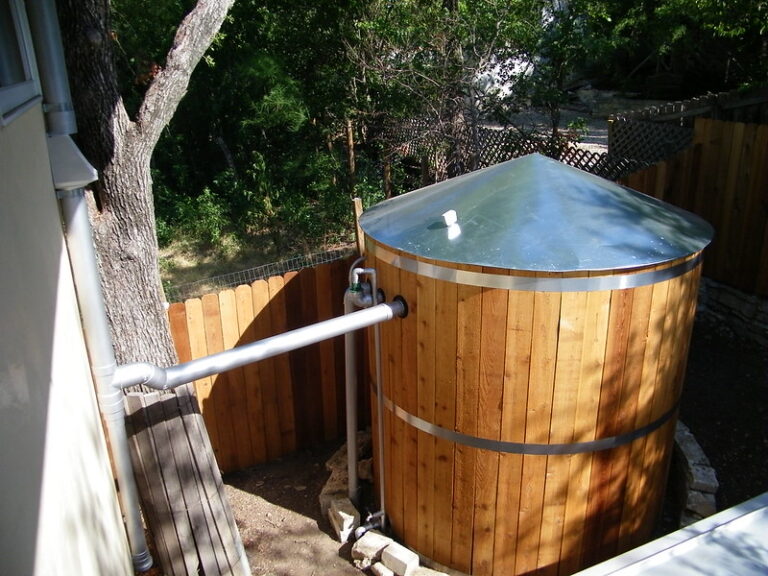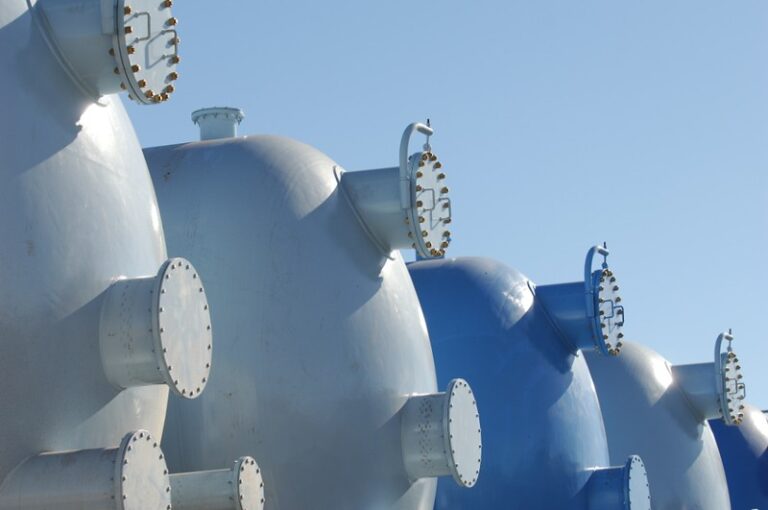The Western Australian property market offers excellent growth opportunities and returns, as the 2023 REIWA outlook projects a moderate 2 to 5 per cent growth in the next 12 months. Regional areas in Western Australia, in particular, have seen exceptionally low vacancy rates, with Albany at 0.3%, Kalgoorlie at 0.5%, Geraldton at 1.5%, Bunbury at 2.5%, and Broome at 7.1%.
Whilst the Bureau of Meteorology has reported below-average rainfall levels in 21 of the past 24 years, effective solutions are available to address and mitigate the challenges of water scarcity, ensuring the long-term viability of rural properties in the region.
Rainwater Harvesting

It involves installing tanks and systems to increase water availability for agricultural use and reduce reliance on dwindling sources, lowering water bills.
To collect rainwater, a system of gutters and downpipes is installed on the roof of a property to direct rainwater into a storage tank. The tank can be made of various materials, including plastic, concrete, or steel, and comes in different sizes depending on the amount of water needed.
While collected rainwater necessitates purification for potable use, it serves multiple purposes including irrigating crops, flushing toilets, laundering clothes, and even drinking.
Seawater Desalination

The Water Corporation of Western Australia has recently signed a $58 million contract to produce extra-large steel water pipes to be used during construction of the new Alkimos Seawater Desalination Plant (ASDP).
This initiative will help the Water Corporation reduce greenhouse gas emissions and will have the capacity to provide 100 billion litres of safe, secure drinking water to millions of Western Australians each year.
Water Minister Dave Kelly stated that this project will reduce energy needed to pump water through the mains, thus reducing greenhouse gas emissions and helping the Water Corporation achieve its goal of becoming a net-zero emitter by 2035.
Recycled Wastewater
This approach not only eases the strain on scarce freshwater resources but also strengthens water security during periods of drought or reduced rainfall.
Through investments in cutting-edge wastewater treatment technologies and the promotion of on-farm water recycling, greywater reuse, and aquifer recharge practices, the agricultural sector can support sustainable water management and enhance resilience against the challenges arising from climate change and increasing water demands.
Water-efficient appliances and fixtures
Some key devices include:
- High-efficiency (HE) washing machines: Use less water and energy than traditional machines
- Smart irrigation controllers and drip irrigation systems: Can be programmed to deliver water only where and when it is needed, minimising waste.
- Low-flow showerheads, dual-flush toilets, and water-efficient faucets all work by reducing the amount of water used during daily activities, such as showering or washing hands.
As growth predictions continue, Western Australia remains a great investment location for those looking to expand their property portfolios while contributing to more sustainable water management practices.
